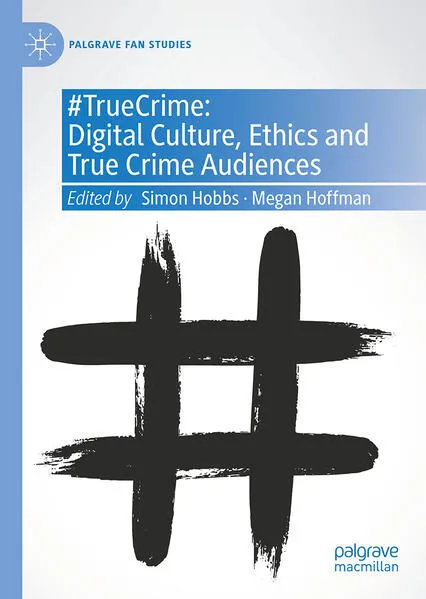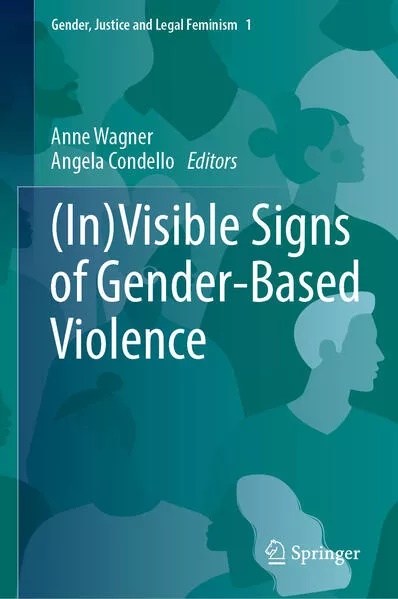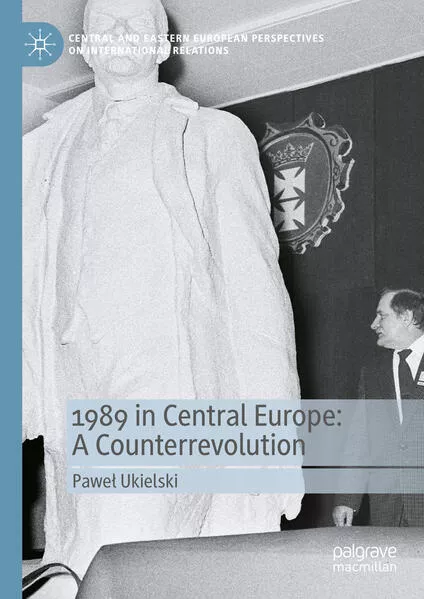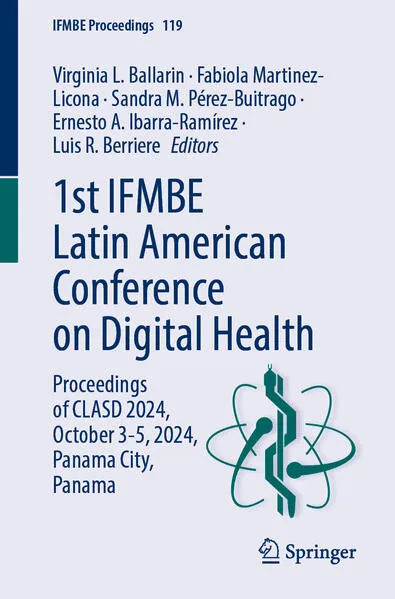
Jihad in Sub-Saharan Africa
The Role of Digital Media
This book examines how jihadist groups in sub-Saharan Africa have managed to advance their extremist agenda and recruit new followers thanks to digital media fueled by the information revolution since the dawn of the 21st century. This examination is based on a mixture of historical accounts, contemporary descriptions, case studies, theoretical applications, and an in-depth applied study (in the late chapters of the manuscript). An important conclusion is that the progress of jihadism in sub-Saharan Africa has been commensurate with the development and availability of digital media. This book breaks new ground in three ways. It is the first major academic work to devote most of its content exclusively to the use of digital media by jihadist groups in that region. Examples of jihadist digital media include social networking sites, online instructional videos, propaganda videos, and online jihadist magazines―among others. Secondly, it provides detailed case studies of both well-knownAfrican groups (e.g., Al-Shabaab, Boko Haram) and lesser-known ones― e.g., the Allied Democratic Forces in the Congo (which have, nevertheless, wreaked so much damage). Lastly, it is the first book to include an in-depth thematic analysis of online jihadist magazines―Inspire, Dabiq, Rumiyah, and Gaidi Mtaani―on their content dedicated to sub-Saharan Africa.
Unterstütze den lokalen Buchhandel
Nutze die PLZ-Suche um einen Buchhändler in Deiner Nähe zu finden.
Bestelle dieses Buch im Internet
| Veröffentlichung: | 08.04.2024 |
| Seiten | 302 |
| Art des Mediums | E-Book [Kindle] |
| Preis DE | EUR 128.39 |
| Preis AT | EUR 132.00 |
| ISBN-13 | 978-3-031-53700-4 |
| ISBN-10 | 3031537009 |
Über den Autor
Jonathan Matusitz, PhD, is currently an associate professor in the Nicholson School of Communication and Media at the University of Central Florida in Orlando.Jonathan Matusitz’s research focuses on the role of communication in terrorism, symbolism in terrorism, and the globalization of culture and new media. His research methodologies include thematic analysis, qualitative interviewing, semiotics, and theoretical analysis. On top of having about 160 academic publications and over 170 conference presentations, he taught at a NATO-affiliated military base in Belgium in 2010.
Dr. Matusitz has already published seven books on terrorism: Terrorism & Communication: A Critical Introduction (Sage, 2013); Symbolism in Terrorism: Motivation, Communication, and Behavior (Rowman & Littlefield, 2015); Online Jihadist Magazines to Promote the Caliphate: Communicative Perspectives (Peter Lang, 2019); Global Jihad in Muslim and non-Muslim Contexts (Palgrave Macmillan, 2020); Female Terrorism in America: Past and Current Perspectives (Routledge, 2020); Communication in Global Jihad (Routledge, 2021); and Fundamentals of Public Communication Campaigns (Wiley, 2022).
Diesen Artikel teilen
0 Kommentar zu diesem Buch
.... weitere Publikationen von Springer International Publishing
Verlockung und Gefahr: Der schwarze Kuss
Bewerbungsfrist bis zum: 10.01.2026


















